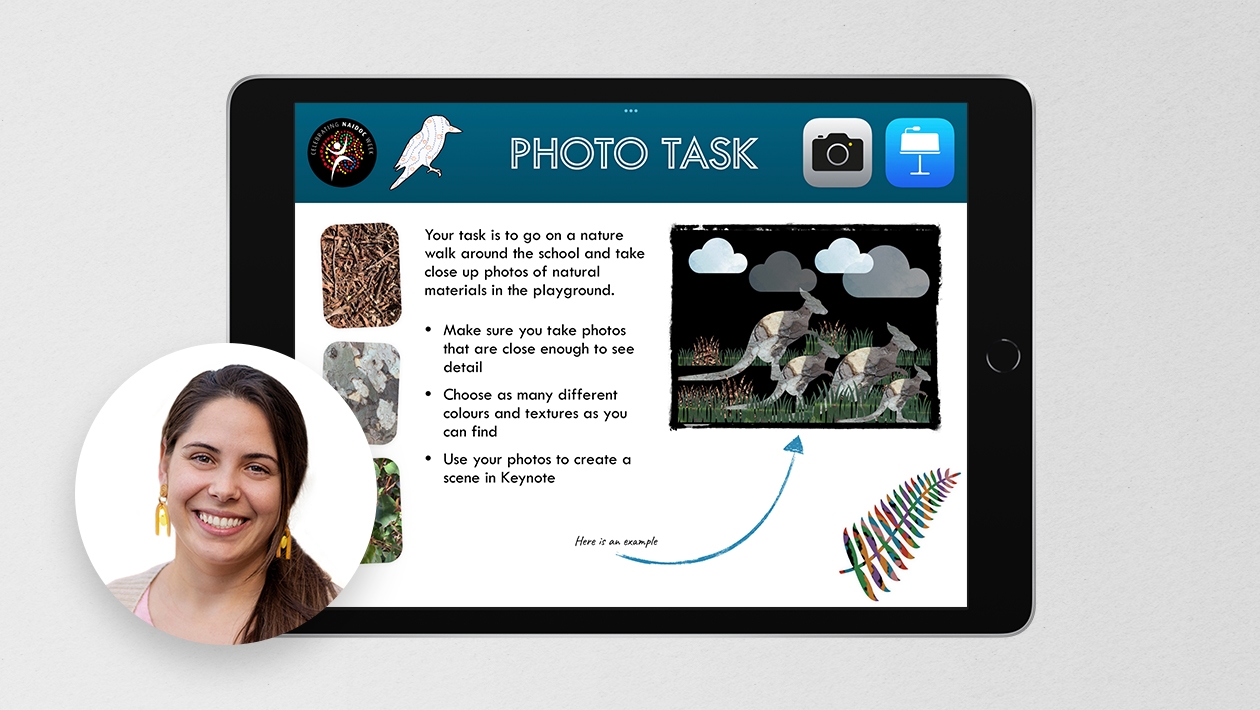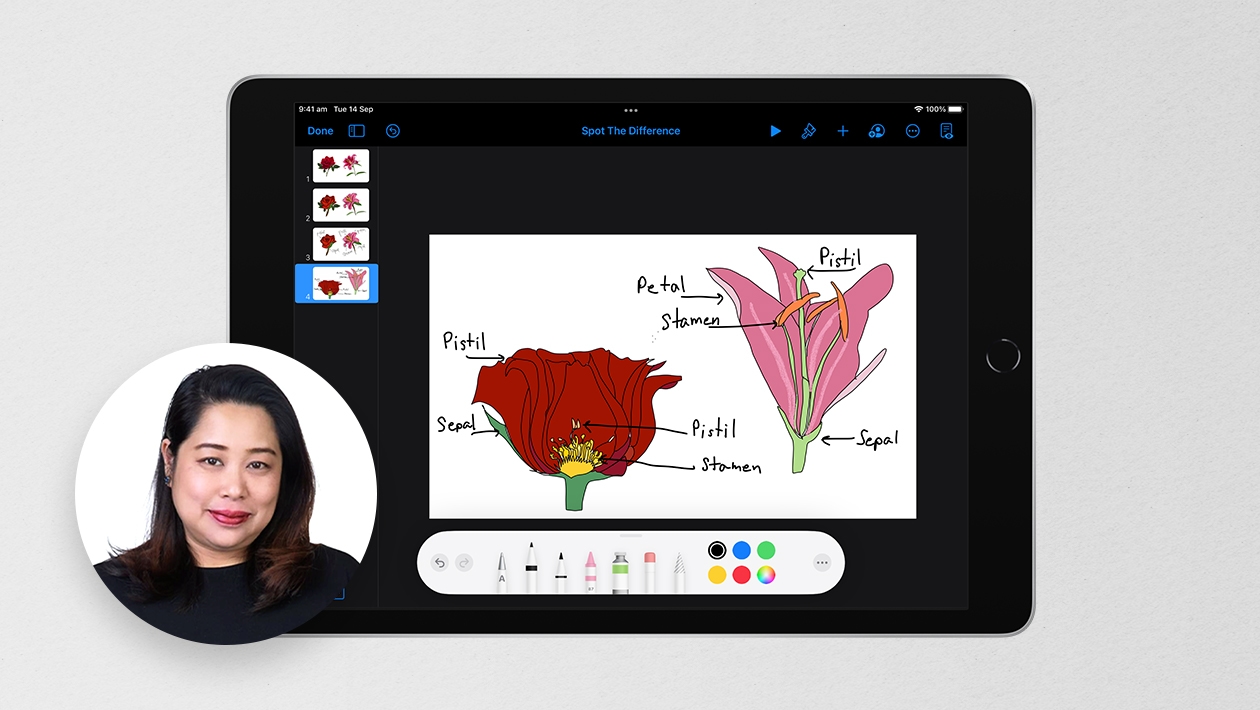Dive into the vibrant world of pop art while celebrating the unsung heroes of our ecosystem: pollinators!
From the delicate flutter of butterflies to the diligent buzz of bees, these tiny creatures play a crucial role in sustaining life on our planet. In this lesson students explore how to merge the colorful aesthetic of pop art with the vital importance of pollinators, creating engaging and thought provoking artwork that sparks conversations and raises awareness.
By engaging in the process of creating pop art featuring pollinators, students will develop their understanding of the pop art movement and its techniques, such as bold colors, graphic patterns, and the use of everyday imagery.
Additionally, they will deepen their knowledge of the critical role that pollinators play in our ecosystem and the importance of conservation efforts to protect them.
Students can easily jump into this art making process by using a photograph they’ve captured outside. In my example I feature an image I took last summer of a honeybee on a zinnia.
To begin the creative journey of crafting pop art featuring pollinators, teachers can guide their students through a step-by-step process starting with photographs as inspiration:
- Research and Exploration: Start by introducing students to the concept of pop art and its key characteristics, such as bold colors, repetition, and use of everyday objects. Then, delve into the world of pollinators, discussing their importance in ecosystems and showcasing various examples through images and videos.
- Photography Expedition: Organize a photography expedition where students can venture into outdoor spaces like gardens, parks, or even their school grounds to capture images of pollinators in action. Encourage them to focus on capturing different species of pollinators from various angles and perspectives.
- Selection and Analysis: Back in the classroom, have students review and select their best photographs. Guide them through a reflective analysis of their images, discussing the composition, colors, and emotions evoked by each photograph.
- Digitization and Manipulation: Introduce students to mark-up tools built into the photos app on iPad that allow for manipulation and enhancement of images. Guide them through the process of experimenting with pop art techniques like color blocking, halftone patterns, and graphic overlays.
- Creation of Artwork: Students can now begin creating their pop art-inspired artwork. Encourage them to apply the techniques they've learned to transform their photographs into vibrant, eye-catching compositions that celebrate the beauty and importance of pollinators.
- Reflection and Presentation: Once the artwork is complete, provide opportunities for students to reflect on their creative process and the connections between pop art and pollinators. They can present their finished pieces to their peers, discussing their inspirations, artistic choices, and the messages they hope to convey through their artwork.
By guiding students through this process, teachers can empower them to not only develop their artistic skills but also deepen their understanding of environmental issues and the power of art as a tool for expression and advocacy.
How would you use Pop Art with your class this year? I’d love to hear your ideas!
Learn how to Create Pop Art today >













April 11, 2024 . English
English
So fun and creative Lindsay! Thanks for showing how merging Nature and Art can be a super engaging learning experience.
This action is unavailable while under moderation.
This action is unavailable while under moderation.